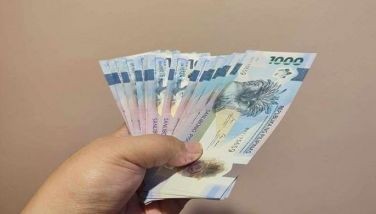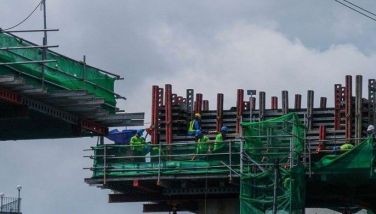‘BSP has room for one more rate cut’

MANILA, Philippines — After cutting interest rates by 25 basis points for the first time since the pandemic, the Bangko Sentral ng Pilipinas (BSP) said there is room for one more rate cut this year to bolster the economy as inflation cools. “We will always be assessing the situation. But given our current assessment, I think we have room for one more cut this year,” BSP Governor Eli Remolona Jr. said in an interview with CNBC yesterday.
He said the BSP is optimistic that inflation is on a downward path this year following the July uptick, adding that the risk of resurgence in inflation is “not very high.”
“All the factors that we considered that are risky on the high side seem very unlikely. So I think we’re very confident that inflation is on its way down,” he said.
The BSP’s Monetary Board slashed its benchmark interest rate by 25 basis points in its fifth policy review of the year, bringing interest rates down to 6.25 percent. This marked the central bank’s first rate reduction in nearly four years or since November 2020.
Before the rate cut on Thursday, the BSP had kept its policy rates unchanged for six consecutive meetings since November 2023. From May 2022 to October 2023, the central bank increased rates by a total of 450 basis points in an effort to quell inflation.
The rate cut is also seen as part of a broader strategy to help stimulate economic growth. Remolona pointed out that the impact of monetary policy has long lags, and the full effect of the rate cuts may not be felt until 2025.
“We might cut again sometime during the year, and then we hope that has a significant effect on growth,” he said.
Asked for his gross domestic product growth projections for the year, the BSP chief said the Philippines may hit the lower part of the government’s six to seven percent GDP target.
“We will be close to six percent, maybe a bit above it for 2024,” he said.
Remolona also said the US Federal Reserve could cut its own interest rates by as much as 100 basis points this year and in 2025. But Philippine monetary authorities, he said, are not worried about the impact of the Fed’s policy moves on the exchange rate.
“It might put a bit of pressure on the peso because the differential will widen if the easing is as much as we expected. But what we call the pass-through, or the impact of exchange rate depreciation on Philippine inflation, is very modest,” he said.
Nomura Global Markets Research said the BSP became the first central bank in the region to kick off its rate-cutting cycle, even before the Fed.
“Demand-side components that are sensitive to high interest rates, including household spending, were the main source of the drag to headline GDP growth and therefore support the case for BSP to move to a less restrictive stance earlier,” Nomura said.
The BSP can then cut rates further by 25 basis points each in the last two meetings of the year. Nomura also expects the central bank to ease in the first three meetings in 2025 before pausing from there.
If realized, this would bring the key rate down by 125 basis points to five percent by May 2025.
“The next moves by the BSP will largely be driven by the inflation outlook. If inflation continues on a downward path, BSP can look to further remove the restrictiveness in the monetary stance to support a recovery in domestic demand and overall growth,” Nomura said.
The BSP is scheduled to conduct two more policy reviews on Oct. 17 and Dec. 19.
- Latest
- Trending




























